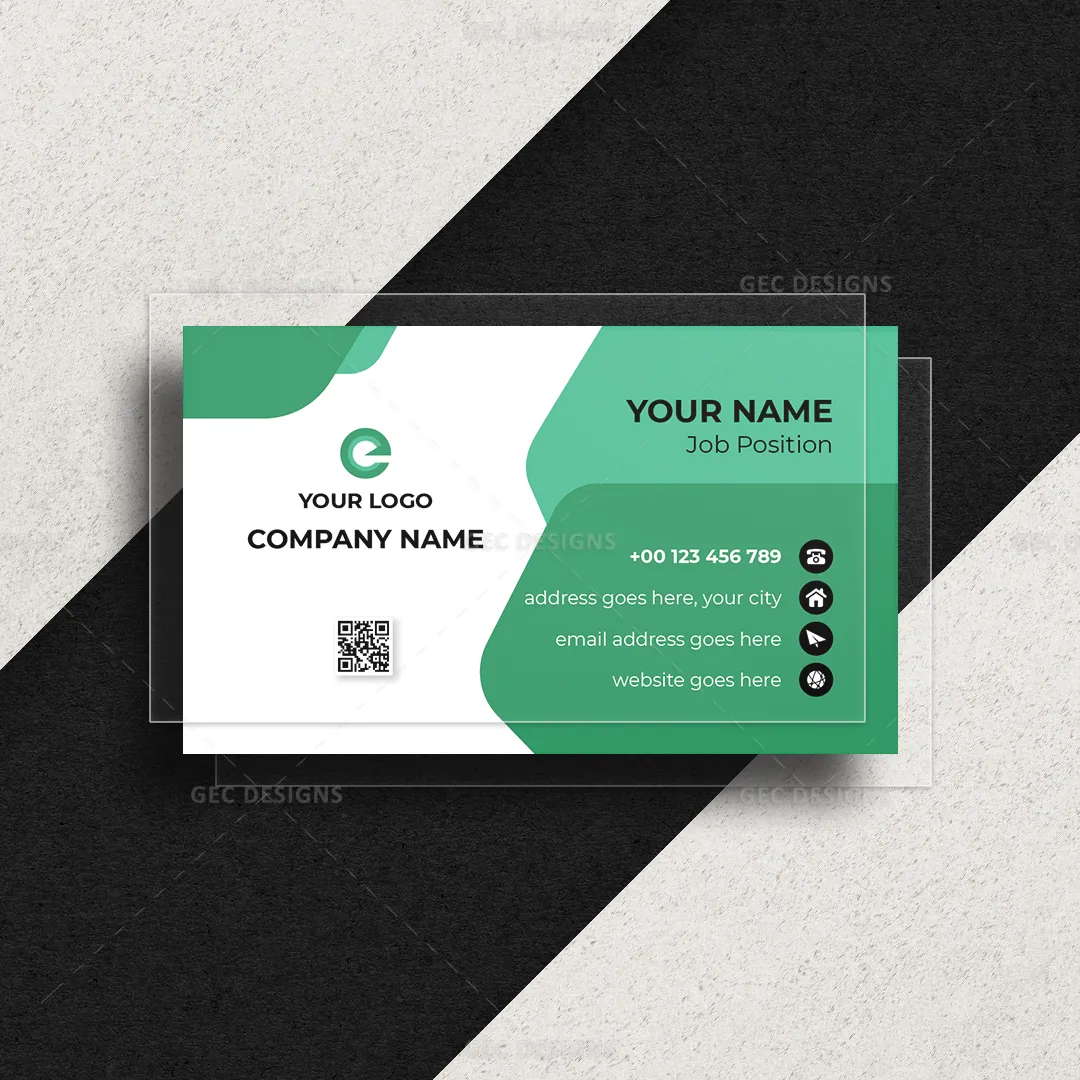How to build a solid website architecture for SEO? Tips and practices
When creating a website, you need to consider the website architecture. This is because website architecture plays a crucial role in attracting and retaining the attention of your users. To build a website architecture that is optimized for SEO, there are some important tips that you should keep in mind. By following these tips, you can create a website that not only looks great but also performs well in search engine rankings.
What is website architecture?
Website architecture is the structure that is used to organize the website. It is the hierarchical structure of your website pages and this structure is reflected through your internal linking.
Why website architecture is important?
There are three major reasons why your website architecture is important.
- Well-planned website structure is important for user experience. Easy-to-navigate websites help visitors to find the content that they are looking for easily.
- Site structure helps search engine crawlers to find and index all your site’s pages.
- Good website architecture spreads authority throughout your web pages via internal links.
This article aims to guide you through the process of building a sound website architecture, From the basics of understanding what website architecture to ten essential tips.
Tips to Build Website Architecture for SEO
- Plan your architecture first
- Use a flat site structure
- Use category pages
- Follow the 3 click rules
- Use SEO-friendly URLs
- Use internal links to link to relevant pages
- Show breadcrumbs
- Use canonical tags
- Create a sitemap
- Make it mobile-friendly
Plan your architecture first
If you are building a new website or redesigning an old website, first you have to make a plan for it before building it. Planning your website architecture not only going to save you time but will also ensure everything is set up correctly. Website is always evolving, there is always new content to add. So you have to plan your website structure according to that.
Before planning your website structure, choose 5 competitors in your niche and check their websites to know what type of structure they used and the strengths and weaknesses of their website structure. It will give some clues to what works best for you.
Use a flat site structure
There are many types of website structures but the two most common are flat structure and deep structure.
Flat website structure – A flat website structure is a website design that your users and search engines can access each page on your website with just a few clicks from your home page.
Deep website structure – This type of website structure will take both users and search engines many clicks to access the pages on your website.
Apart from the above two types, if you look at the types of website structure a little deeper, the other four types of website structure are also there.
Hierarchical model AKA Tree model – This model is similar to a tree. It has a home page, which leads into top-level pages and then subpages from each page. These types of website structures are used by websites containing large amounts of information and pages. Example – e-commerce websites.
Linear model AKA Sequential model – this is a simple website structure. This type of website structure is used by websites with a basic structure with not too many pages. This model usually has a main page, a home page, or a landing page. The linear model is most commonly used by small businesses which do not require subcategories or child pages.
Matrix model AKA Network model – It is a webbed model and it connects the main page with subpages and child pages. So everything can be accessed by users with minimal clicks. Example – Wikipedia
Database model – It is the dynamic database structure and it shapes the website from the bottom-up. The model uses taxonomies and metadata to define the structure of the website. This allows the users to create their own unique website experience by using search tools. Example – Bank websites.
Generally, Flat website structures are best for SEO. Users can reach the page in as few clicks as possible. The ideal click depth to access any page on your website is less than four clicks.
On the other hand, for more complex sites, you may need a deep website structure. But in deep website architecture, you will need to pay close attention to internal linking.
Use category pages
Category pages act like home pages for a particular product category. Clear categories or category pages will increase the conversion rate. Category pages make it easy to maintain a website’s organizational structure over the long run and it also helps customers to get what they are looking for quickly. For example, clothing stores might have category pages like Men, Women, and Kids.
Before structuring the pages on your website you need to decide on what category pages you need and to do that you need to identify what your users are searching for. Next, perform keyword research to help you establish what category pages you need to develop for your website.
If you want to launch a new page, add it to the existing category and link to it from there. If you want to launch a group of new pages, create one new category and add a link to them from there.
Follow the 3 click rules
One of the core rules in good website architecture is to make sure all your important pages can be easily accessible within 3 clicks from anywhere on the website. As I mentioned above, it makes navigating easier for your users and search engine crawlers.
If it takes too many clicks to access the desired information for users, it will negatively impact your user experience and your SEO.
Use SEO-friendly URLs
SEO–friendly URLs are significant for a website’s user experience and SEO. It makes the indexation process easier. It is not a major ranking factor but a well–structured URL helps your page get a high rank in search engine result pages which leads to gaining more exposure and qualified traffic.
With the URL structure, Google crawlers and users can understand what your web page is about. So your URL should be clean, easy to read, accurate, and well-structured.
Your URL structure should logically follow your website hierarchy. Here is an example of SEO-friendly URLs:https://example.com/ category/ subcategory/ seo-friendly-url
Tips to follow to keep your URLs SEO-friendly
- Keep your URL length shortcake sure to include familiar, targeted keywords in it
- Use hyphens to separate words
- Avoid underscores and spaces
- Use lowercase letters
- Remove unnecessary words like “a”, “and”, “but”, “the” or other conjunction words.
Related post: How to create SEO-friendly URLs
Use internal links to link to relevant pages
Internal links are hyperlinks that link to other pages on the same website. Through the internal links search engines can understand how the linked pages are related and that helps search engines to determine your website’s structure. Strategic internal links will help crawlers to find all the content on your website.
Internal links enhance the website navigation for users. By providing easy navigation you can improve the overall user experience and that encourages your users to explore deeper into your valuable content.
Internal links also spread the page authority throughout your web pages. By linking to other pages within your site, high-authority pages transfer their credibility and SEO value, which aids in boosting the ranking of the linked pages in search results.
Use content Pillars and content clusters to link to relevant pages. Content pillars are your main categories of content and clusters are your subcategories that should linked to the pillars.
Consider the following practices for internal linking
- While creating internal links, use descriptive, keyword-rich anchor text. Make sure it accurately represents the linked page’s content.
- Make sure your website doesn’t have any orphan pages or dead-end pages that don’t have any links to them or from them.
- Avoid too many internal links. Excessive internal links could potentially dilute the link authority you are trying to distribute
Show breadcrumbs
Do you hear the fairy tale of Hansel and Gretel? In the story, the children break off pieces of bread to leave a trail they can follow to get back home. That way the clever children can follow their trail back through the dark forest and not get lost.
The website breadcrumbs are clickable links, often located near the top of a webpage, indicating the user’s position within the website’s hierarchy. Breadcrumbs showcase clean categorization.
It helps users to trace their path and get back to the home page or other sections that they previously visited. It also helps users to navigate the website when they land on the deep page of your website. This can enhance their user experience and make it easier for them to find what they're looking for. It not only helps users to navigate easier but it also helps search engine crawlers to understand the site’s hierarchy.
Make sure to add breadcrumbs structured data markup to your pages, so that the breadcrumb path will show up in the search engine result pages.
Use canonical tags
Including canonical tags on your website's pages is essential as they are a piece of HTML code that specifies the primary version for duplicate, near-duplicate, and similar pages.
Having identical content on two URLs can confuse Google crawlers and ultimately weaken your SEO value. This situation can arise when e-commerce websites have the same product description on different pages when a webpage has a printable version when the same blog post is placed in two different categories, or when there are different versions of web pages such as "HTTP" and "HTTPS". Adding canonical tags to the HTML of a duplicate page can help to solve this issue.
Here’s what the snippet of HTML looks like,
<link rel=“canonical” href=“https://example.com/sample-page/” >
Create a sitemap
Sitemaps help users keep track of all pages on your website and they expedite the indexing process by search engines.
HTML sitemaps or human-friendly sitemaps are designed for users. It helps to visualize all the categories, subcategories, and pages on your website. So, if your users can’t find a certain page, they can view a full list of every page on your website. To create a HTML sitemap create a list of footer links like your main navigation and make sure they are linked to each of your website pages.
On the other hand, XML sitemaps are designed for search engines. XML sitemap for crawling purposes that shows Google how many URLs your site has and where they are. Creating a XML sitemap and submitting it to the Google search console is a great way to increase the “crawl ability” of your website.
Sitemap errors can have a significant impact on your website’s ranking and your organic traffic. So make sure that your sitemap has no issues and is updated.
Make it mobile-friendly
Ensure your website is mobile-friendly and it means your web pages will look good on all devices. In 2016, Google announced mobile-first indexing. This means that Google will primarily use the mobile version for indexing and ranking.
Here are some best practices to make your website mobile-friendly
- Choose a responsive layout
- Be sure the buttons are easy to find and clickable
- Improve your website’s loading speed.
- Use HTML5 instead of Adobe Flash
- Make sure the fonts are readable
- Avoid pop-ups
- Use compressed images
Conclusion
The architecture of your website can have a significant impact on both your user experience and your SEO ranking, which in turn can affect your overall online success. Therefore, it is essential to ensure that your website is easy to comprehend and navigate for both users and search engines. Regardless of the design you choose, it is crucial to prioritize user experience to improve your SEO and elevate your website ranking.

Rajanarthagi
Content writer and Marketer
An enthusiastic SEO expert, passion for digital marketing with two years of expertise in writing Digital Marketing and SEO content. She is a Master of Business Administration graduate from a reputed university in south India. Her passion for SEO and online marketing helps her to stay up to date with the trends and strategies. Follow her on social media sites, to stay up to date with SEO, and Digital Marketing, Updates. To contact Raji, visit the contact page.












